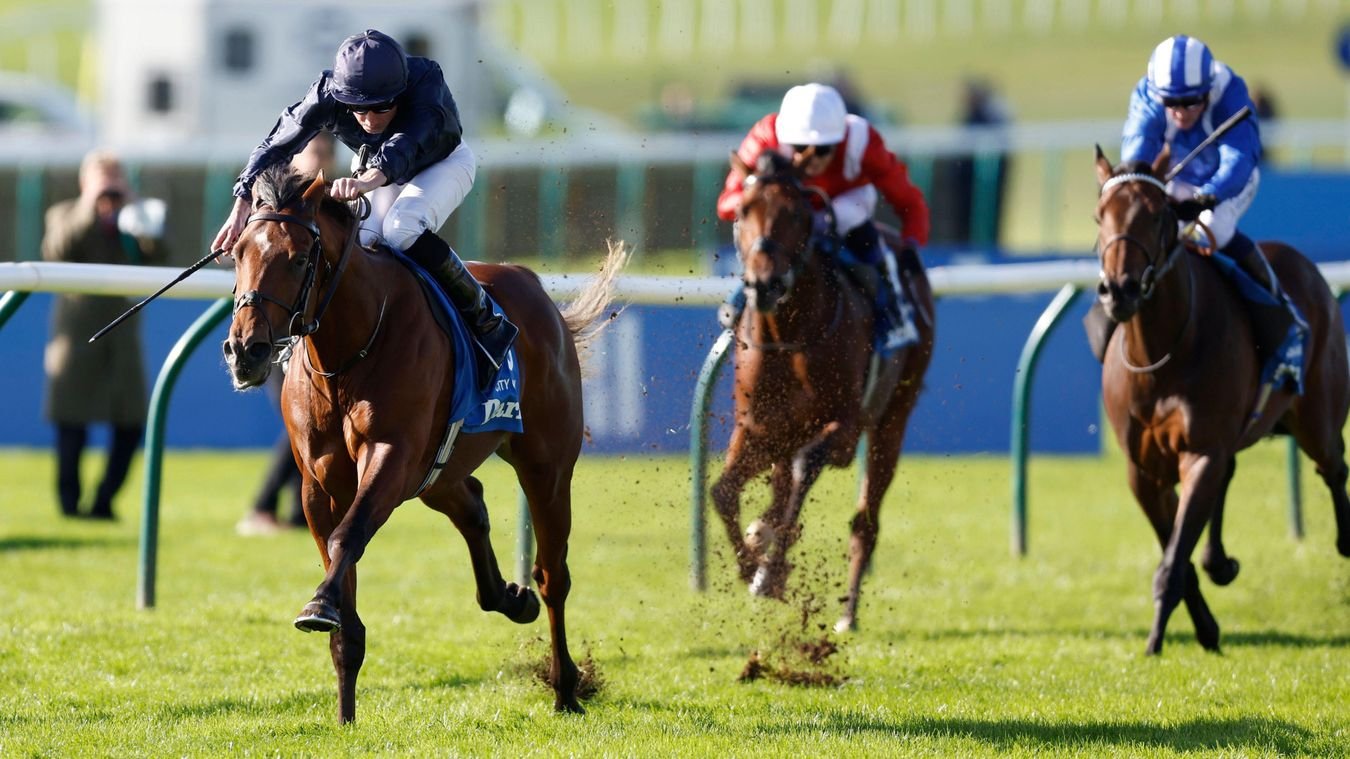The Grand Epsom Derby
The Epsom Derby, organised by the Jockey Club, is a grand event and a cornerstone in the UK horse racing calendar. My experience covering this event was remarkable, not only in the races themselves but also in the behind-the-scenes activities and, of course, the fashion.
The history of the Epsom Derby dates back to 1780, when it was first organised. Since then, it has become one of the most prestigious and important horse races in the world, known for its tradition and the quality of the horses and jockeys that compete. These races attract the best in the sport and are also significant social events where fashion and style are ever-present.
Impeccable Organisation and Refined Fashion
The event is extremely well organised. From the entrance to the various areas of the venue, everything operates with precision and attention to detail. A fundamental aspect of the Epsom Derby is the strict dress code, especially for those who take tradition seriously and have respect for it.
For women, it is common to wear refined dresses, particularly cocktail dresses that are sophisticated and appropriate for the occasion. The length of the dresses tends to be longer, generally knee-length or below, to maintain the formality and sophistication of the event. Additionally, dresses with sleeves or coverings are preferred as they reflect a sense of decorum and respect for tradition.
Head adornments, such as fascinators and hats, are essential and have historical significance. They not only complement the formal attire but are also symbols of status and style. These accessories are often extravagant and creative, with competitions awarding the most beautiful and innovative pieces. The tradition of wearing head adornments at events like the Epsom Derby dates back centuries and remains a vital part of the social experience of horse racing.
For men, particularly in the Queen Elizabeth II Stand, the use of morning suits is common. The tradition of the morning suit is long-standing and reflects the formality and importance of the event. The level of formality required in the attire for both men and women at the Epsom Derby demonstrates the respect for the event’s traditions and history.
Memorable Moments
In addition to the thrilling races, the event featured a performance by the Laines Theatre Arts School of Epsom, which provided singers for the National Anthem before the Betfred Derby. The presentation included two singers, Ed and Helene, the latter a Ukrainian refugee whose father and brother are fighting in Ukraine. They were accompanied by a choir of 105 students, delivering a wonderful performance.
Another milestone was achieved by Jane Green, the first woman to judge the Oaks race in its 245-year history. This achievement marks significant progress in inclusion and diversity in the sport.
Between Joy and Sorrow: The Reality of Horse Racing
Unfortunately, not all moments were joyful. During the Betfred 3YO Dash, one of the event’s fastest races, the mare Tears Of A Clown, trained by Henry Candy, suffered a fatal injury. The incident was poignant and deeply affected everyone present. This tragic event is a painful reminder of the fragility of these animals and the inherent risk of the sport, despite the rigorous safety measures in place to protect the horses and jockeys.
Additionally, a jockey was unseated from his horse during one of the races, resulting in an unusual situation. Fortunately, the jockey was rescued without serious injury.
The Brilliance of City Of Troy
This year’s race also brought moments of glory. Aidan O’Brien celebrated City Of Troy as the greatest of his now ten Derby winners after the colt, preceded by a loose horse, crossed the finish line with a nearly three-length lead in the 245th running of the Epsom Classic on Saturday. O’Brien already holds the record for the most wins by a trainer in the two and a half centuries since Lord Derby won the coin toss to have the race named after him.
City Of Troy, ridden by Ryan Moore, demonstrated his superiority throughout the race. The horse was relaxed at the gates, positioned well, and, upon finding space, surged ahead of the other competitors, proving to be in a league of his own. City Of Troy’s victory is a testament to O’Brien’s skill and dedication, solidifying his place in racing history.
Conclusion
Covering the Epsom Derby, I witnessed an event that is much more than a horse race. It is a celebration of tradition, fashion, and sporting excellence. The impeccable organisation, the presence of inspiring figures, and emotional moments such as the choir’s performance, contrasted with the incidents that can occur in racing. Each element of this event contributes to its significance in the UK horse racing calendar.
As always, covering such an important race as the Epsom Derby has left an indelible mark on my career as a journalist.







